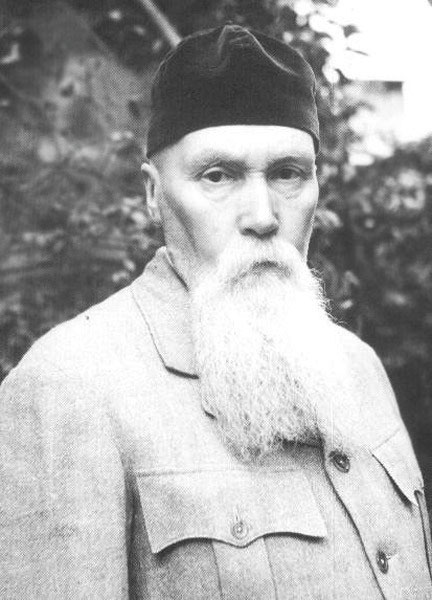Flag of an Alternate USA (technically a successor state in the early 1800s), the Commonwealth of Columbia. Made for a wikibox with way smaller proportions, but eh. -JustStars



Flag of an Alternate USA (technically a successor state in the early 1800s), the Commonwealth of Columbia. Made for a wikibox with way smaller proportions, but eh. -JustStars

Probably.Cockade on the flag having cloth/paper folding lines doesn't feel right.
Wouldn't they just make regular circles in cockade colors (black-white-black, in this case) for a flag?
I dunno, I like the ruffles personally.Cockade on the flag having cloth/paper folding lines doesn't feel right.
Wouldn't they just make regular circles in cockade colors (black-white-black, in this case) for a flag?
Federalist one-party state?Flag of an Alternate USA (technically a successor state in the early 1800s), the Commonwealth of Columbia. Made for a wikibox with way smaller proportions, but eh. -JustStars

It’s complicated, but the event preceding it‘s establishment is shown in my posts on the wikiboxes thread which I think might provide some valuable information.Federalist one-party state?
This isn't a formal email to your employer, you don't need to sign your name at the end of every commentIt’s complicated, but the event preceding it‘s establishment is shown in my posts on the wikiboxes thread which I think might provide some valuable information.
-JustStars
Ok, don’t care.This isn't a formal email to your employer, you don't need to sign your name at the end of every comment
Why do you do that? (Not trying to insult)Ok, don’t care.
-JustStars
It’s honestly just because reason.Why do you do that? (Not trying to insult)
This isn't a formal email to your employer, you don't need to sign your name at the end of every comment
Ok, don’t care.
-JustStars
Why do you do that? (Not trying to insult)
It's not really a big deal.It’s honestly just because reason.
-JustStars
I'd shrink the star a little and point it to the fly or the hoist.View attachment 695000
I figured Wisconsin needed a redesign. The arrow symbolizes the state motto "Forward." The red, white, and blue pay homage to the American flag, and the gold star represents Wisconsin's statehood.
I like the allusions to Iran and it's theological government, but what's with the colours? Can you explain what they mean or where they're from?Flag for a Beta Israel state - Halakhic Republic of Ethiopia, anyone?
View attachment 692350
Text is "Blessed be God the Lord of Israel" in Ge'ez
Ambassador to the Soviet UnionHave you seen the Yellow Sign?
View attachment 695266
I've been consumed with an idea recently for a short timeline called the The King In Yellow about a successful progressive third party resulting in President Lovecraft, so I decided to whip up a party standard inspired by the symbol for communism in Disco Elysium. The Independence Party originated in New York City under the patronage of William Randolph Hearst to support his successful run for mayor but began its climb to national prominence following the influx of progressive Republicans under former Vice President Theodore Roosevelt and General Leonard Wood. Combining a strong position on national defense with Hearst's focus on urban renewal and Roosevelt's New Nationalism the party sought a progressive middle ground between the conservatism of the dwindling Republicans and the rural populism of the Democrats. Adopting the color yellow and the elk as electoral symbols, the flag of the Independence Party is colloquially known as the Yellow Sign. The avowed atheism of Lovecraft and his inner circle within the party would earn them the derisive moniker "The Church of Starry Wisdom" at the hands of Longist critics, though this would be adopted out of spite by the party's Depression-era paramilitaries during street battles with the Klan and the Black Legion. Whispers that the Church of Starry Wisdom continues to exist as a secret society within the broader Independence Party are scurrilous rumor.

Natürlich! The Comintern has swollen quite a bit since the Great War and the French and British fear invasion, so a strong martial character is a necessity!Ambassador to the Soviet Union

Nicholas Roerich - Wikipedia
en.wikipedia.org
Presumably patriotic festivals featuring prussian marches are part of the urban revitalizaton campaign, as is the eventual legalization of easy-to-access euthanasia